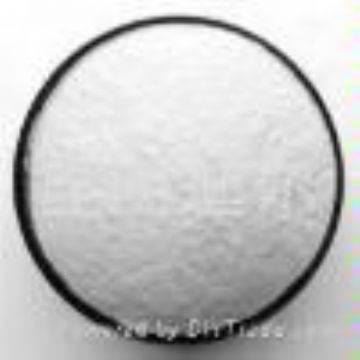Detailed Selling Lead Description
Drug Class and Mechanism: Tadalafil is an oral drug that is used for treating impotence (the inability to attain or maintain a penile erection). It is in a class of drugs called phosphodiesterase inhibitors.
Erection of the penis is caused by the filling of the penis with blood. Filling occurs because the blood vessels that bring blood to the penis increase in size and deliver more blood to the penis, and, at the same time, the blood vessels that take blood away from the penis decrease in size and remove less blood from the penis.
Sexual stimulation that leads to an erection causes the production and release of nitric oxide in the penis. The nitric oxide causes an enzyme, guanylate cyclase, to produce cyclic guanosine monophosphate (cGMP). It is the cGMP that is primarily responsible for increasing and decreasing the size of the blood vessels carrying blood to and from the penis, respectively, and causing the erection. When the cGMP is destroyed by another enzyme, phosphodiesterase-5, the blood vessels return to their normal size, blood leaves the penis, and the erection ends. Tadalafil prevents phosphodiesterase-5 from destroying cGMP so that cGMP stays around longer. The persistence of cGMP leads to a more prolonged engorgement of the penis with blood.
Dosing: For most individuals, the recommended starting dose of tadalafil is 10 mg per day taken before sexual activity. Depending on the adequacy of the response or side effects, the dose may be increased to 20 mg or decreased to 5 mg a day. The effect of tadalafil may last up to 36 hours. Individuals who are taking medications that increase the blood levels of tadalafil should not exceed a total dose of 10 mg in 72 hours. Tadalafil may be taken with or without food since food does not affect its absorption from the intestine.
Drug interactions: The breakdown and elimination of tadalafil from the body may be decreased by erythromycin, ketoconazole (Nizoral), itraconazole (Sporanox), indinavir (Crixivan) and ritonavir (Norvir). Therefore, these drugs may increase the levels of tadalafil in the blood. If these drugs are being used at the same time as tadalafil, the dose of tadalafil should be reduced in order to avoid side effects from high levels of tadalafil.
Side Effects: The most common side effects of tadalafil are facial flushing (reddening), headaches, stomach upset, diarrhea, flu-like symptoms and nausea. Tadalafil also may cause low blood pressure, blurred vision and changes in color vision, and abnormal ejaculation. Tadalafil has been associated with prolonged erections or priapism (painful erections lasting more than 6 hours).
